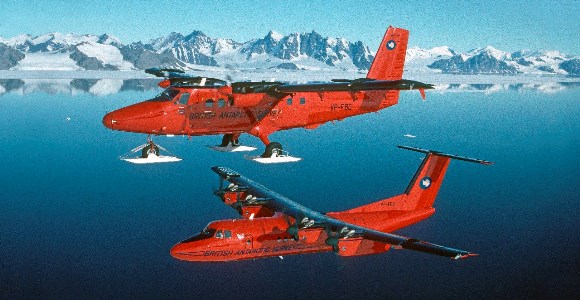NERC Airborne Research Facility

Airborne remote sensing provides an efficient method for the rapid collection of data over a specified area; consequently it is a cost effective means of monitoring the terrestrial, freshwater, marine and atmospheric environments, provides a transitionary scale with which to validate satellite data and enables the rapid acquisition of data for sudden or unexpected events, such as floods and earthquakes. Since 1983 the facility has supported a wide range of applications, including environmental science, geomorphology, archaeology, ecology, geologic surveying, pollution control and disaster management.
The NERC ARF operations team collect data from one of two Twin Otter research aircraft (or a Dash 7) operated by British Antarctic Survey. Data are processed by our data analysis team at the Plymouth Marine Laboratory and are archived at the National Earth Observation Data Centre (NEODC). Currently the NERC ARF provides radiometrically corrected hyperspectral data from the AISA Fenix and Owl instruments; ground height information from the Leica ALS50-II; and digital photography. Additionally our atmospheric instrument capability complements that offered by the NERC Facility for Airborne Atmospheric Measurements.
During our normal course of operations we support projects across the UK and the North coast of continental Europe, though the facility has supported campaigns with locations as distant as Svalbard, Ethiopia, Chile and Australia. This service is available free of charge to the UK research community (subject to peer review) and the facility is a member of the European Fleet for Airborne Research (EUFAR).